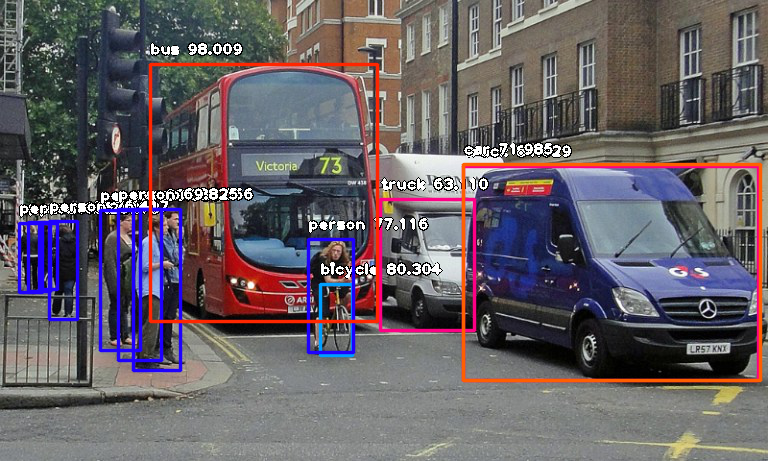Edge detection algorithms aim to identify boundaries within
images by searching the image as a 2x2 matrix, highlighting points where image intensity
varies. Edge detection is crucial for object recognition. Sobel, Prewitt, &
Canny edge detection algorithms are the best options for most image processing
needs.
Image sharpening involves applying a convolution kernel to an image, in which intensity differences
are emphasised, allowing for edges to be more pronounced. It is essential to understand the lower-tier computer vision
concepts, since each algorithm often combines with another for a combined effect. I implemented a sharpening algorithm by way of
Laplacian filter, utilising my maths knowledge.
Gaussian blurring is a powerful algorithm for noise reduction.
Pixel values are smoothened by means of pixel intensity averaging.
Machine learning (ML) algorithms work by implementing training algorithms to
perform image processing tasks like object recognition via edge detection.
ML algorithms, particularly when integrated with techniques like edge detection,
enable systems to autonomously recognize objects within images. Neural networks are commonly
initialised for image processing tasks due to their ability to process key image features
efficiently.



